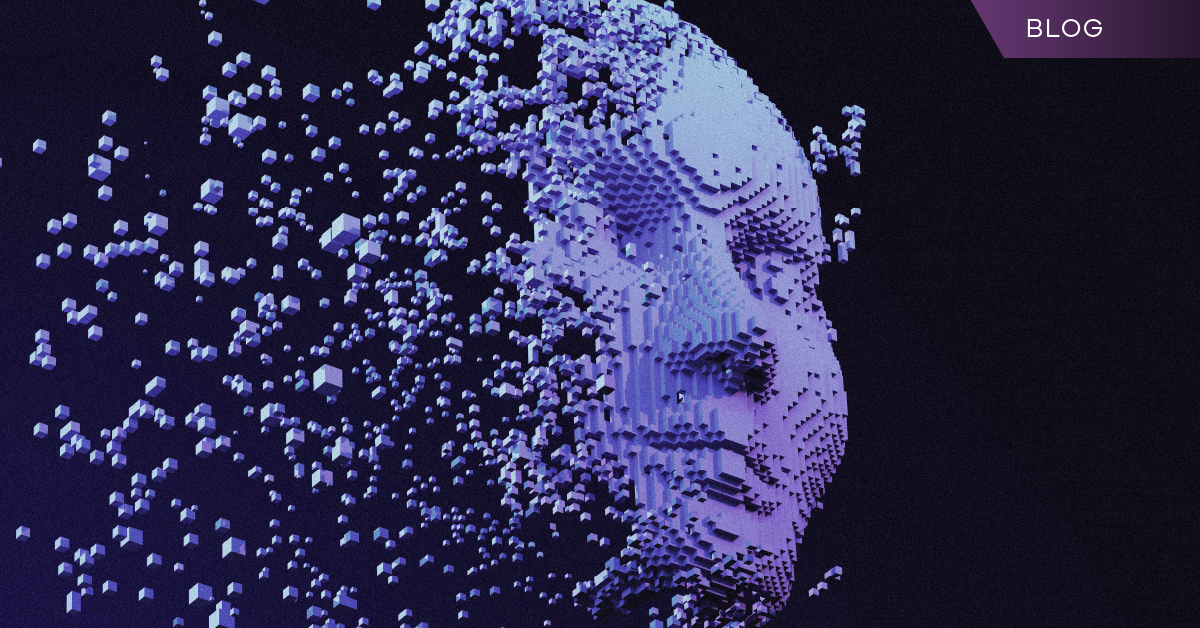In the race to deploy AI, organizations are investing heavily in securing traditional infrastructure. Cybersecurity teams are implementing advanced threat detection for endpoints and deploying zero-trust architectures for cloud environments. However, many are giving less attention to a critical component of modern AI systems: the orchestration layer that connects AI models to data sources and business applications.
This middle layer includes the infrastructure that makes AI functional in enterprise environments: vector databases that store embeddings, model repositories, data pipelines that process AI workloads, agent coordination frameworks, and orchestration platforms like the Model Context Protocol (MCP). Unlike traditional enterprise applications, many of these systems lack established security frameworks and best practices.
The Emerging Challenge: AI Infrastructure Security Gaps
Traditional security models were designed for databases, web servers, and file systems with well-understood attack vectors. AI infrastructure introduces new components that don’t always fit neatly into existing security frameworks. Vector databases store high-dimensional embeddings, model registries house trained algorithms, and orchestration platforms coordinate between AI agents and external systems.
Take MCP as an example. While MCP itself incorporates security considerations, the broader ecosystem of AI orchestration frameworks often operates with different security assumptions than traditional enterprise applications.
Research from organizations like NIST has highlighted that AI systems frequently require elevated privileges to access diverse data sources, communicate across network boundaries for model inference, and integrate with legacy systems not designed for AI workloads.
This creates an expanded attack surface. According to recent security research, compromise of AI orchestration layers can enable attackers to manipulate model outputs, corrupt training processes, or gain access to the valuable datasets and custom models that represent significant organizational investment.
Data Consolidation Creates New Risk Concentrations
AI adoption has accelerated data centralization initiatives across industries. Organizations are aggregating diverse datasets into centralized repositories to enable machine learning workflows. While platforms like Databricks and Snowflake have built robust security features, the challenge lies in the volume and variety of data being consolidated.
These repositories often contain some of the most sensitive organizational data: customer behavioral patterns, proprietary research datasets, financial transaction records, and competitive intelligence. The security challenge isn’t necessarily inadequate access controls, but rather the concentration of high-value data in systems optimized for analytics rather than security.
A particular concern is training data integrity. Security researchers have demonstrated that subtle corruption of training datasets can introduce persistent vulnerabilities into AI models. For instance, researchers at universities have shown how poisoned datasets can cause fraud detection models to systematically miss specific attack patterns, or cause recommendation systems to exhibit subtle biases that may not be detected for months.
Real-world examples include:
- Attackers are abusing Grok to manipulate search results as a new form of attacks against SEO.
- Research demonstrating backdoor attacks in image recognition models through training data manipulation.
- Studies showing how data poisoning can affect financial prediction models in ways that are difficult to detect.
The scale of modern AI training datasets compounds these risks. When organizations process petabytes of training data, traditional point-in-time security measures like comprehensive encryption key management and detailed access logging become operationally complex. Organizations need security approaches designed for the scale and velocity of AI data processing.
AI Models as High-Value Assets Require Specialized Protection
Trained AI models represent significant organizational investment – often millions of dollars in development costs and months of training time using expensive computational resources. More importantly, they embody institutional knowledge and competitive advantages developed over years.
However, many organizations apply traditional data security approaches to AI models without accounting for their unique characteristics. Unlike conventional intellectual property, AI models face specific threat vectors:
Model extraction attacks: Researchers have demonstrated techniques where attackers can query a model repeatedly to reverse-engineer its functionality or training data. Google’s research team has published studies showing how this can be accomplished against various types of production models.
Adversarial attacks: These cause models to make specific mistakes or reveal information about their training data. The field of adversarial machine learning has documented numerous examples across different model types and use cases.
Model stealing: Beyond intellectual property theft, stolen models can reveal insights about business processes, customer patterns, and strategic approaches. For example, a compromised fraud detection model provides information about an organization’s risk assessment methodologies and customer transaction patterns.
Documented cases include:
- Research showing extraction attacks against commercial APIs from major cloud providers.
- Studies demonstrating how recommendation model theft reveals user behavior patterns.
Organizations are beginning to implement specialized AI model security measures, including model versioning systems that detect unauthorized modifications, secure serving architectures that limit model exposure, and incident response procedures designed specifically for AI compromise scenarios.
Building Appropriate Security for AI Infrastructure
The AI infrastructure security challenge represents a shift in enterprise security priorities. Traditional perimeter and endpoint security remains important, but organizations must also secure systems where valuable assets exist as algorithms, autonomous processes operate with elevated privileges, and training procedures consume massive computational resources across distributed systems.
Leading organizations are developing AI-specific security frameworks that address these unique characteristics. This includes implementing data lineage tracking for AI training pipelines, establishing secure model development and deployment processes, and creating monitoring systems designed to detect AI-specific attack patterns.
The security community is actively developing solutions for these challenges. Organizations like NIST are publishing AI security frameworks, cloud providers are adding AI-specific security features to their platforms, and security vendors are developing tools designed for AI infrastructure protection.
The path forward involves:
- Implementing security controls designed for AI-specific risks and attack vectors
- Developing incident response procedures that account for AI system characteristics
- Creating monitoring and detection capabilities for AI-specific threats
- Establishing governance frameworks for AI data and model management
Organizations that proactively address AI infrastructure security will be better positioned to realize AI benefits while managing associated risks. As AI systems become more central to business operations, security strategies must evolve to protect these new assets and processes effectively.
Register now for our virtual SHIFT event to learn more about our product innovations and resilience strategies for your organization.


